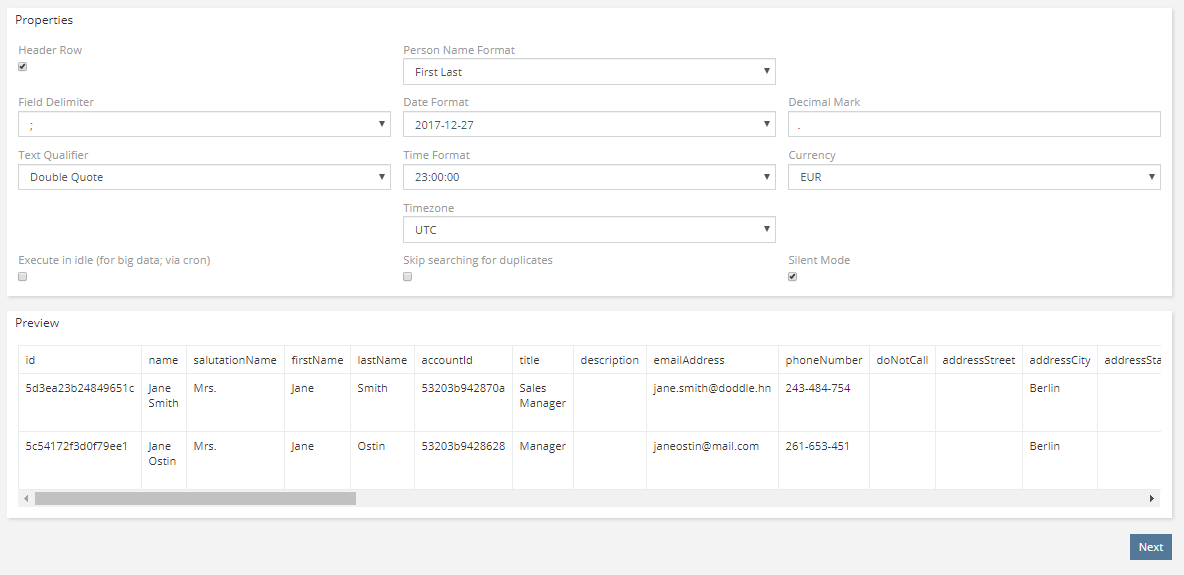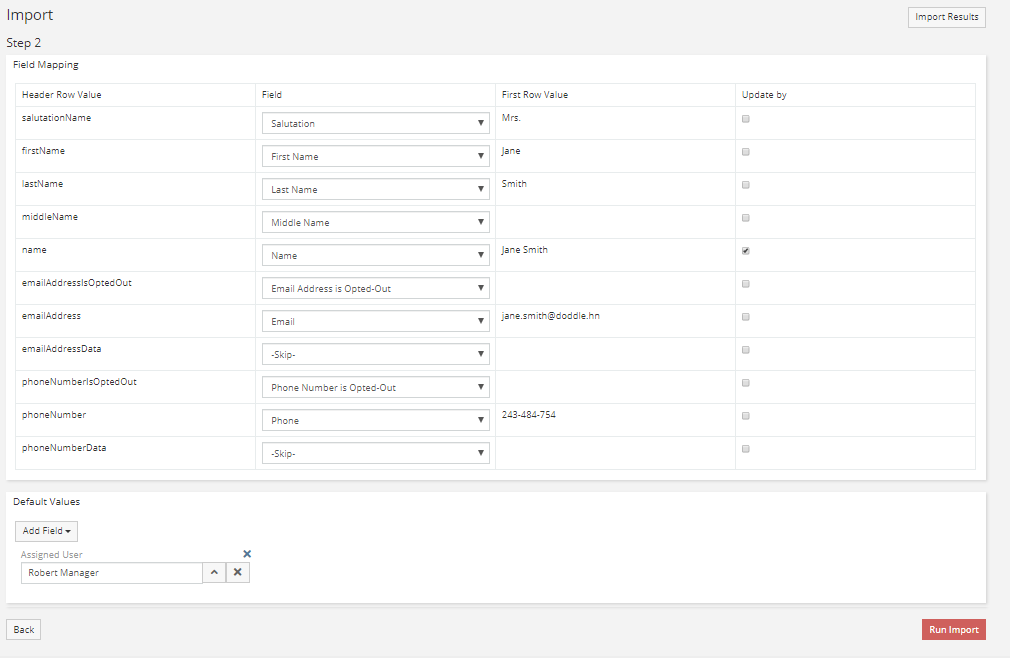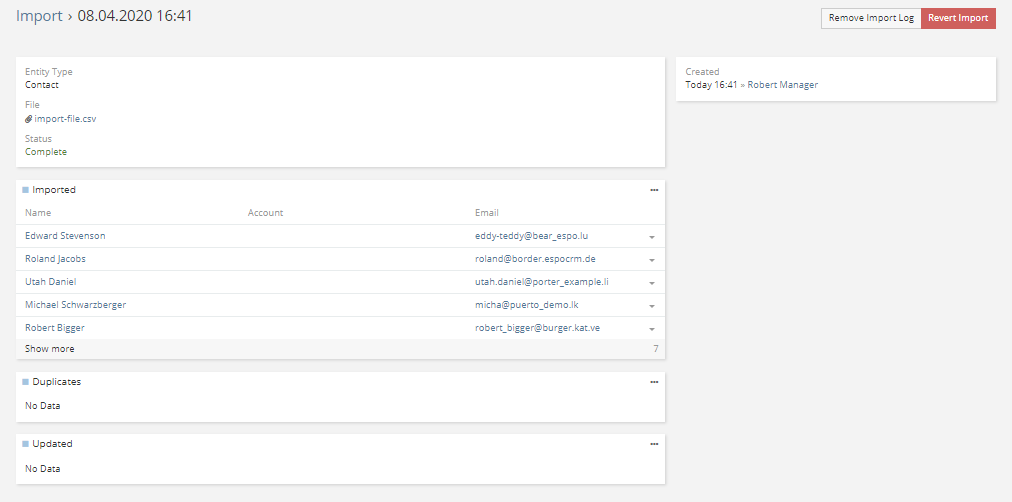The efficient management and organization of customer data are crucial factors that influence the development and growth of any business. That is the reason why companies are in a constant search of tools that will provide the best functionality for data management. Such pursuit for perfection often results in shifting from one software vendor to another.
However, let’s call spade a spade, switching from one CRM software often causes a certain amount of pains. One of the central issues that everyone faces is connected with the data migration. In order to make the transition from one type of software to the other a bit smoother, we’d like to share a 2-step guide on how to export contact data from Salesforce and import them into EspoCRM.
Exporting customer data from Salesforce
To start exporting the contact data, at first you need to create a custom report for Contacts. Then, navigate to Reports and click “New Report” button. Choose the folder where your custom report is stored, define the type of your report and click Create. In the Show field, choose the option All contacts. At this step, you will be able to define the period when the exported contacts were created in the To and From fields (which is handy if you want to extract only contacts created last year or month for example) or you can delete the dates listed in those fields and export all the contacts stored in the CRM. The next step you should do is to select the fields you’d like to export from the section Fields. Finally, click on “Run Report” and “Export Details” buttons. Select .CSV export format, click Export and save the file on your computer.
To find more information on the topic, follow the link:
https://help.salesforce.com/articleView?id=000339702&type=1&mode=1
All trademarks belong to their respective owners.
Importing data into EspoCRM
As soon as you have the export file with customer data, you can start importing it into your EspoCRM instance. The system allows you to import information in CSV file format.
In order to migrate data, at first navigate to Administration and click Import in Data section. The import process happens in three steps. Let’s dive in and take a closer look at each step.
Step 1
The first thing to do here is to determine the type of records that are going to be imported. In this case, select Contacts from the Entity Type list. Then, click Choose File and upload the CSV file you’ve exported from your previous CRM system. The next stage is to decide what should be done with the imported records. In What to do? section, there are 3 options “Create Only”, “Create & Update”, “Update Only” that allow both to create new records and update the information in the existing ones if you used CRM systems simultaneously.

Once you’ve finished with the previous configurations, you can proceed to define the import properties. Select the correct field delimiter, text qualifier, and format for person name, date, time, timezone and currency. If you’re importing a large amount of data, it’s better to tick off Execute in idle. You can also Skip searching for duplicates to make the execution of import faster if you’re sure that there’re no duplicated contacts. The Silent mode option allows to skip most of after-save scripts and workflows, which also increases the speed of import. In the Preview panel, you will be able to see how the data will be parsed. When you change properties, the preview is updated. If everything is correct, click Next and proceed to Step 2.

Step 2
Field Mapping panel shows how fields correspond to columns of the CSV file. You can skip importing not needed columns here by choosing the Skip option from the list. If you chose not only to create but also to update records, you will need to tick off fields by which the system will match the records that should be updated. In the Default Values section, you can add fields to the imported records, which is useful, for example, if you want to assign them to a particular user or team. Once everything is configured here, click Run Import and proceed to Step 3.

Step 3
At this point, you can see the list of imported, updated and duplicated records. Now you can check if the imported data is correct and Remove Import Log to prevent an accidental reverting of the import. If there are some issues with fields in the imported records, you can Revert import and try again.

